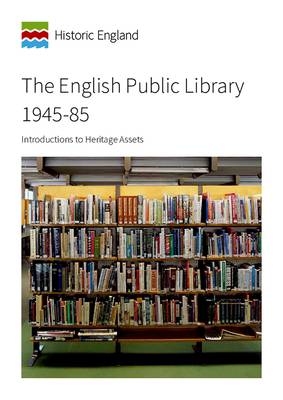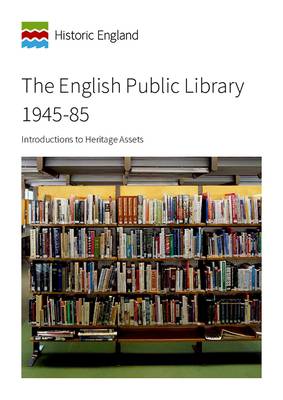
- Afhalen na 1 uur in een winkel met voorraad
- Gratis thuislevering in België vanaf € 30
- Ruim aanbod met 7 miljoen producten
- Afhalen na 1 uur in een winkel met voorraad
- Gratis thuislevering in België vanaf € 30
- Ruim aanbod met 7 miljoen producten
Zoeken
€ 13,95
+ 27 punten
Omschrijving
It places their architecture - external and also internal - within a period of considerable political, social and economic change. Post-war aspirations set new challenges for the country's library services, which had already begun to expand considerably in the 1930s.
Specificaties
Betrokkenen
- Auteur(s):
- Uitgeverij:
Inhoud
- Aantal bladzijden:
- 20
Eigenschappen
- Productcode (EAN):
- 9781848024557
- Verschijningsdatum:
- 29/07/2016
- Uitvoering:
- Paperback
- Afmetingen:
- 210 mm x 297 mm

Alleen bij Standaard Boekhandel
+ 27 punten op je klantenkaart van Standaard Boekhandel
Beoordelingen
We publiceren alleen reviews die voldoen aan de voorwaarden voor reviews. Bekijk onze voorwaarden voor reviews.








